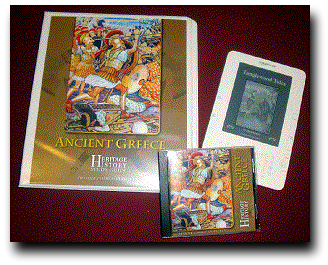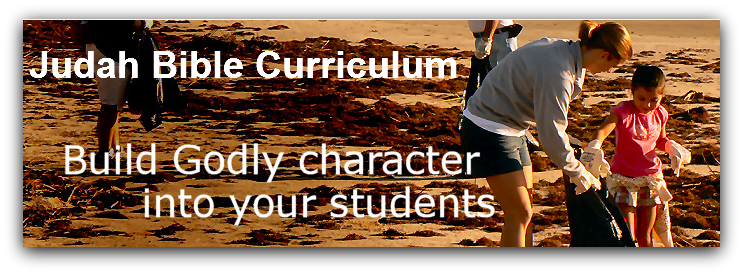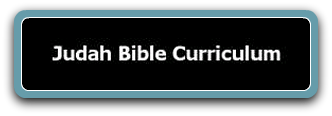Members of this year's Crew had an exciting opportunity: reviewing the brand-new
Write with World middle school writing program, so new that we received a pre-release copy of the first year of the two-year curriculum. This means that what we got was not the final version; there will probably be some improvements made before the Summer 2012 release, though the program is already impressive.
World Magazine is a bi-weekly, full color news magazine written from a Christian worldview. On its pages you'll find news articles, political cartoons, book and movie reviews, commentary, and more. We've been reading
World for years, and our girls have been reading the student news magazines
God's World News during the school year. There are editions for all grades, from preschool through high school, each edition crafted for a specific level of understanding, maturity (meaning that the news stories are presented in a way appropriate to the target age), and reading ability.
We appreciate the thought that goes into
World, and the high quality of the publication, and so we expected no less of this writing curriculum.
Even so,
Write with World far surpassed my expectations.
The purpose of the curriculum is to develop competent writers who can think and express their thoughts to others. Unlike some of the contrived curricula we've seen (you've heard the cliches, like "How I spent my summer vacation" or "A description of my bedroom), this course is intensely practical, for example, with assignments based on current events, multiple assignments to choose from, and models of writing (both good writing, and models that need improvement) for practice. Critical thinking and reading skills are incorporated, based in a Biblical worldview.
We received two books, the teacher/parent guide and the student workbook. It's hard to tell from the picture of the book cover... but when you open the book you find multi-colored pages with wide margins that invite note-taking. The main text is black-and-white, with accents in red, and the occasional color illustration, which might be a photo or drawing.
The student book is written directly to the student, from the general introduction ("Don't skip this part!") all the way to the end ("Congratulations!" on finishing the final exercise). All along the way there's give-and-take between the student and the authors (
World Magazine editors and writers, and fellow students who instruct, ask guiding questions, and provide thoughts about how they approach writing, along with writing samples that show how they approached the same assignments as the student working through the course.)
The teacher/parent guide contains all the pages of the student text, along with teaching helps, including introductory material for each of the four units (content and purpose of each lesson, grading guidelines, suggestions for offering feedback, helping your student succeed and build skills) and specific comments on lesson material in margin notes -- there's no paging back and forth as you are literally on the same page with your student as you're going through the material.
Much more than writing is covered, of course, for writing involves using language effectively, which means that your student will also be learning about grammar (not in isolation, but while actually using and applying concepts) and building vocabulary along with learning and practicing writing and critical thinking.
Lessons follow a standardized format, beginning with a materials list for the lesson. Invariably this includes the student's journal, a record of the student's work as well as a place to brainstorm, to answer prompts, to write down thoughts. Other materials needed, depending on the lesson, might be a dictionary and/or thesaurus, highlighter, personal photographs, a copy of
World Magazine or
Top Story (the middle school student magazine), notecards, or a glue stick.
An exciting facet of the program is the interactive website, scheduled to launch in September 2012, that will offer updated lessons and additional resources.
Our take? I love this program! It's fresh but not dumbed down. The assignments aim at being relevant to the student. The tone is conversational while also informative.
Some things I'd like to see in the finished version that weren't in the version we saw:
- Table of Contents
- Answer keys, for example, for the vocabulary exercises
- Index
- Glossary of terms
Pricing and availability
Write with World can be ordered at
this link. You can order now, and the curriculum is scheduled to ship this summer. The full curriculum (Year One and Year Two) is available for $165, or you can buy the years individually for $95 each. The purchase price includes a set of books (one teacher and one student) plus online access to the
Write with World website. Shipping and handling charges are extra.
Read more TOS Crew reviews of
Write with World at
this link.
Disclaimer: Our family received a pre-publication copy of Year One of Write with World for review purposes. No additional compensation was involved.














